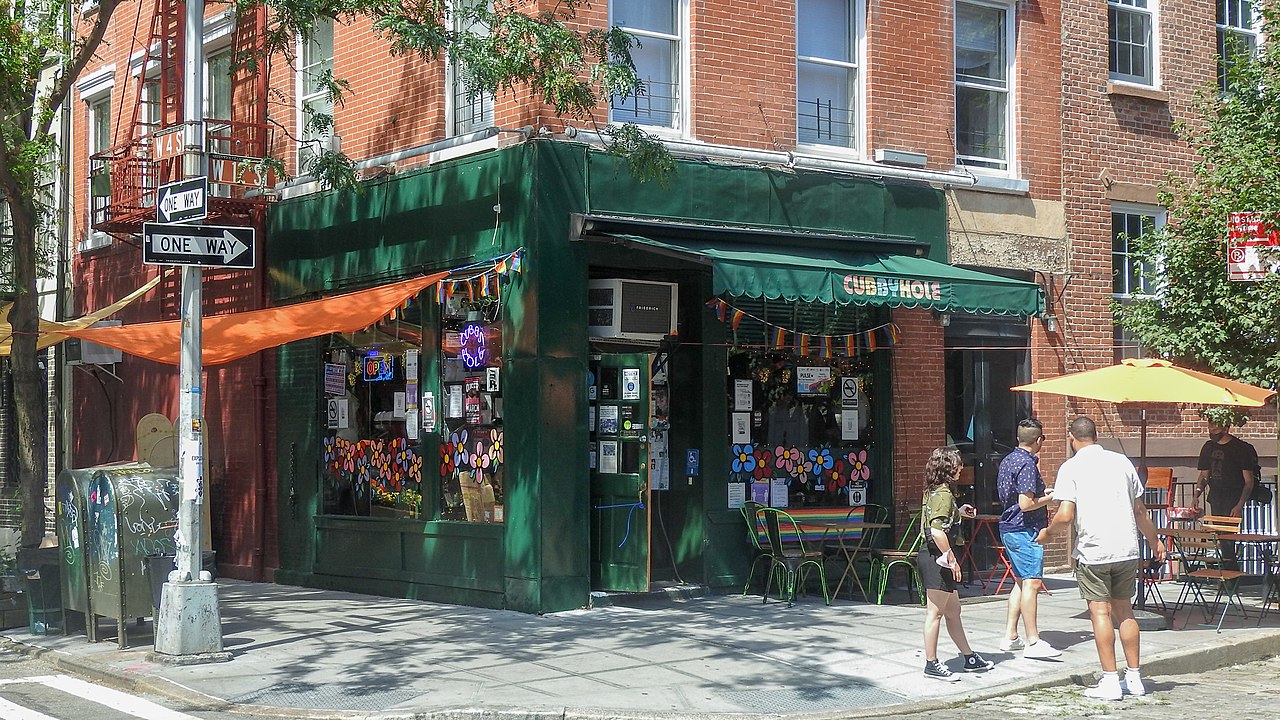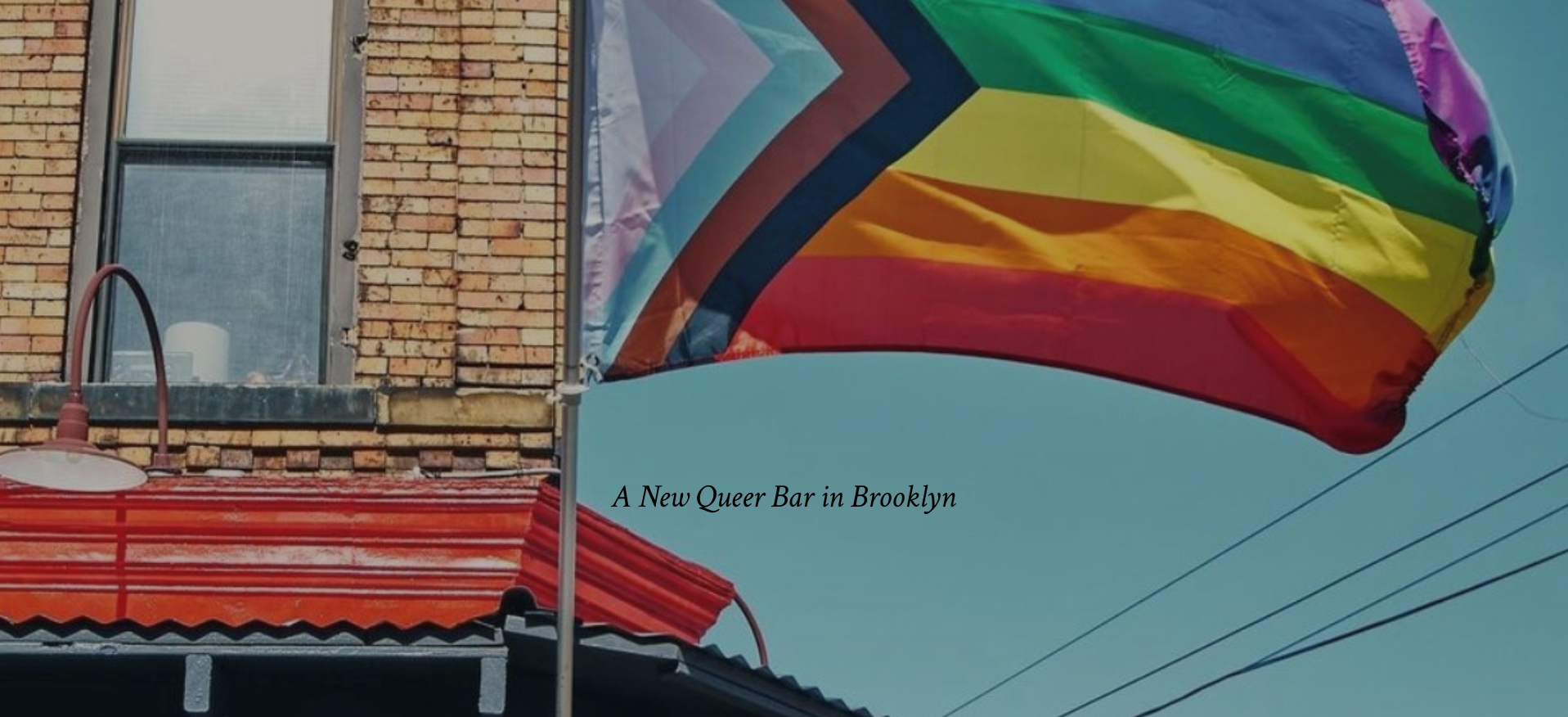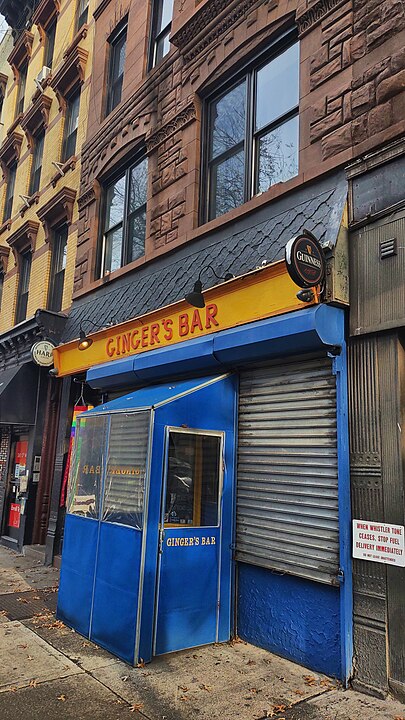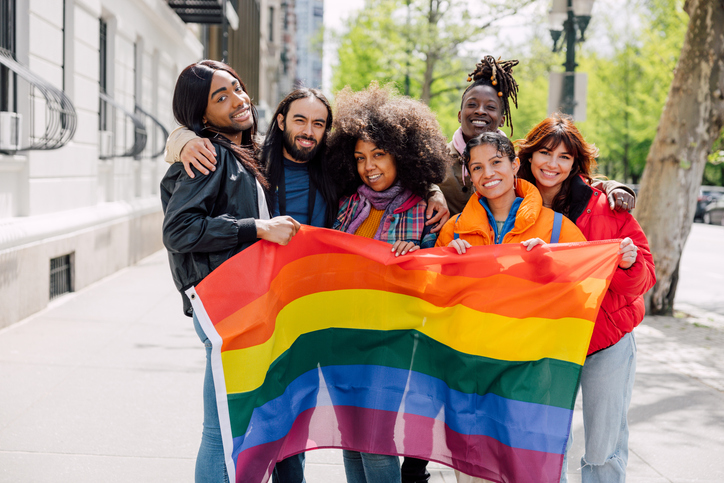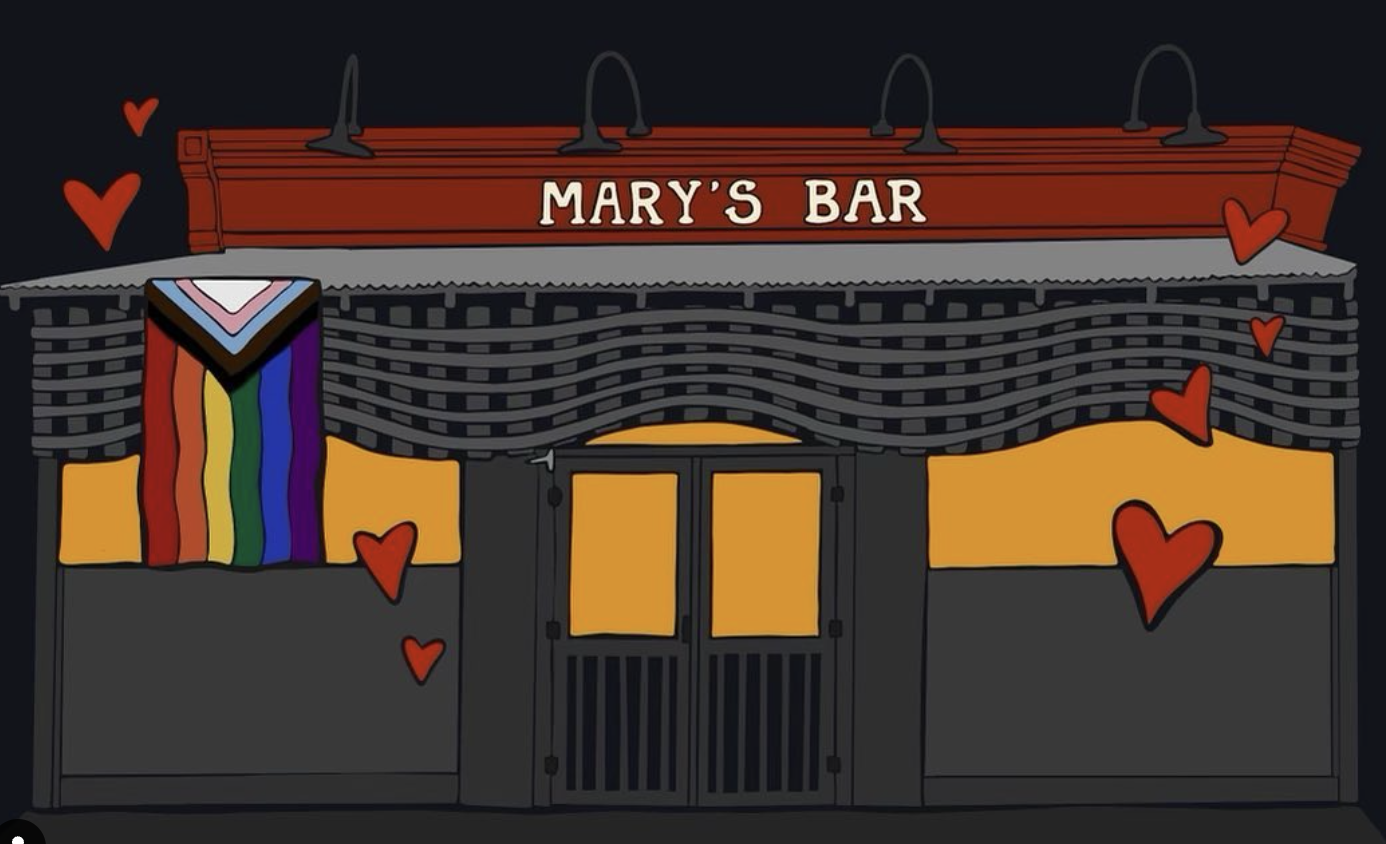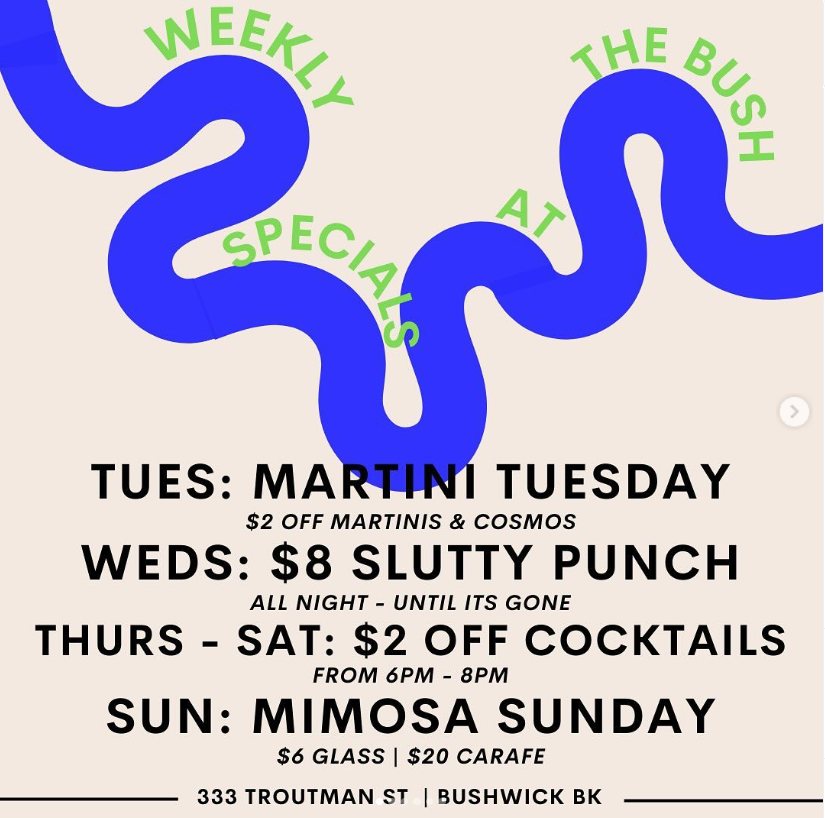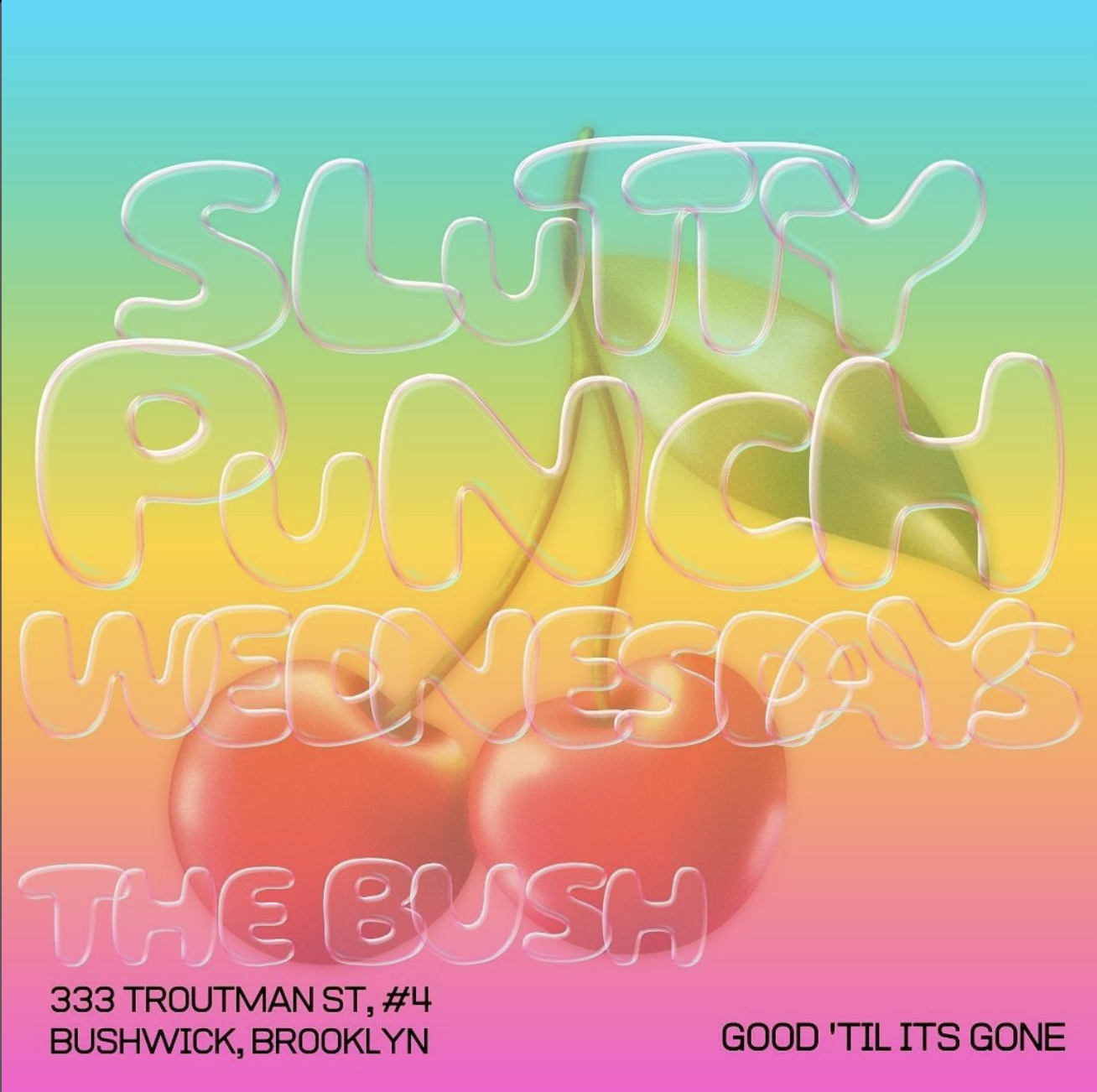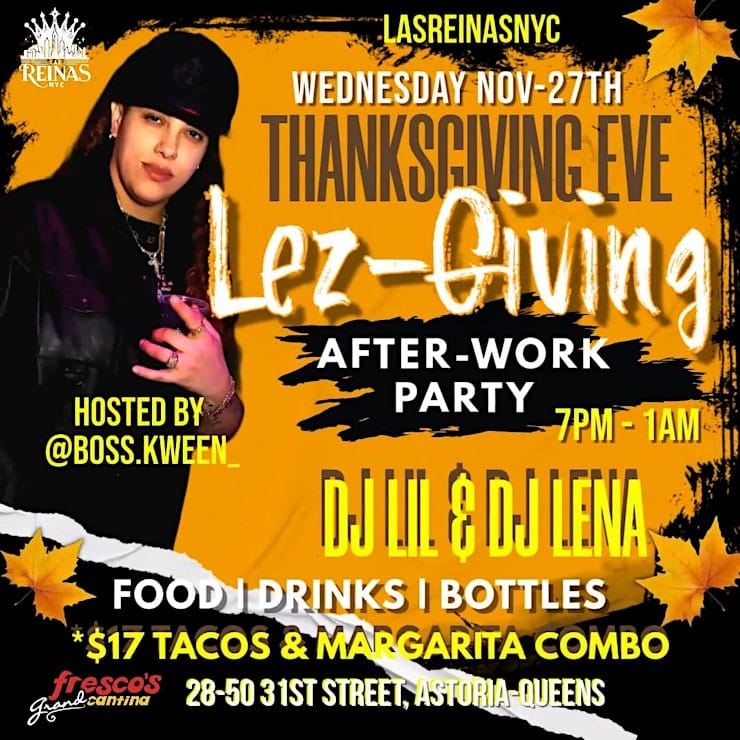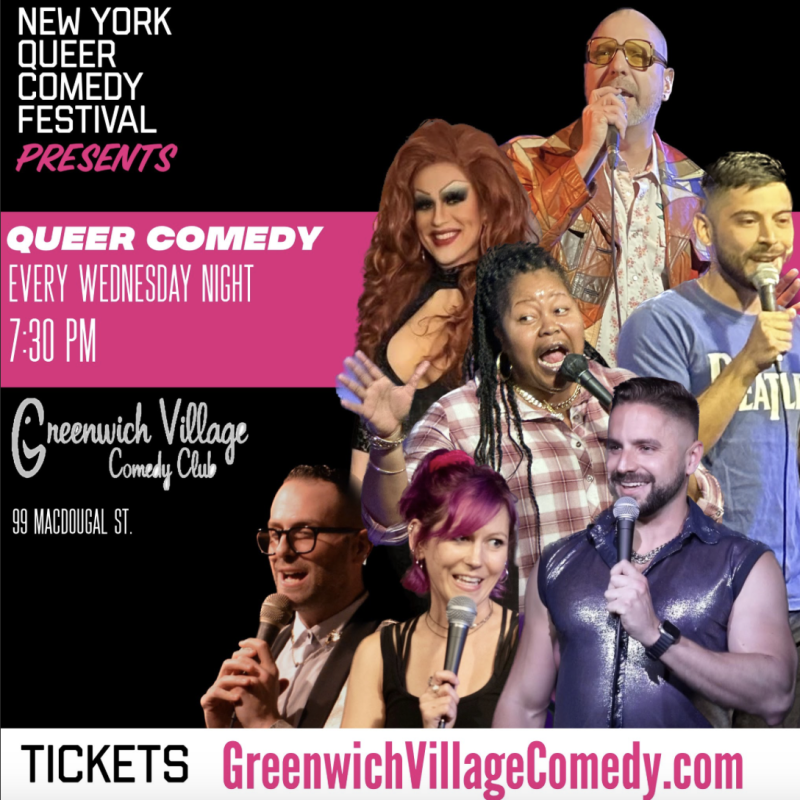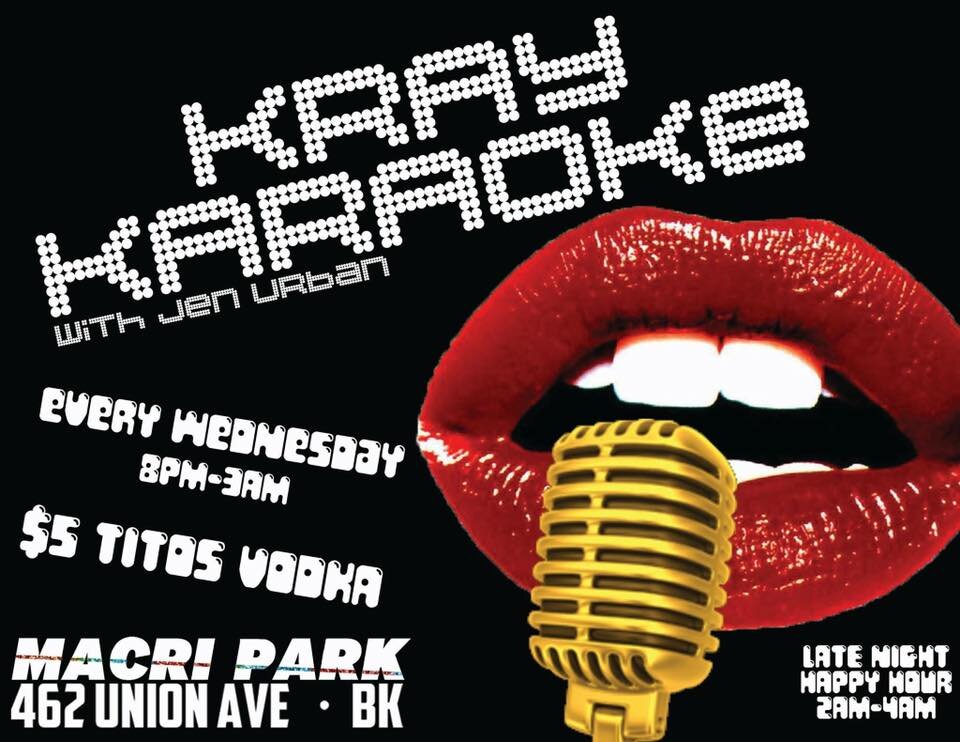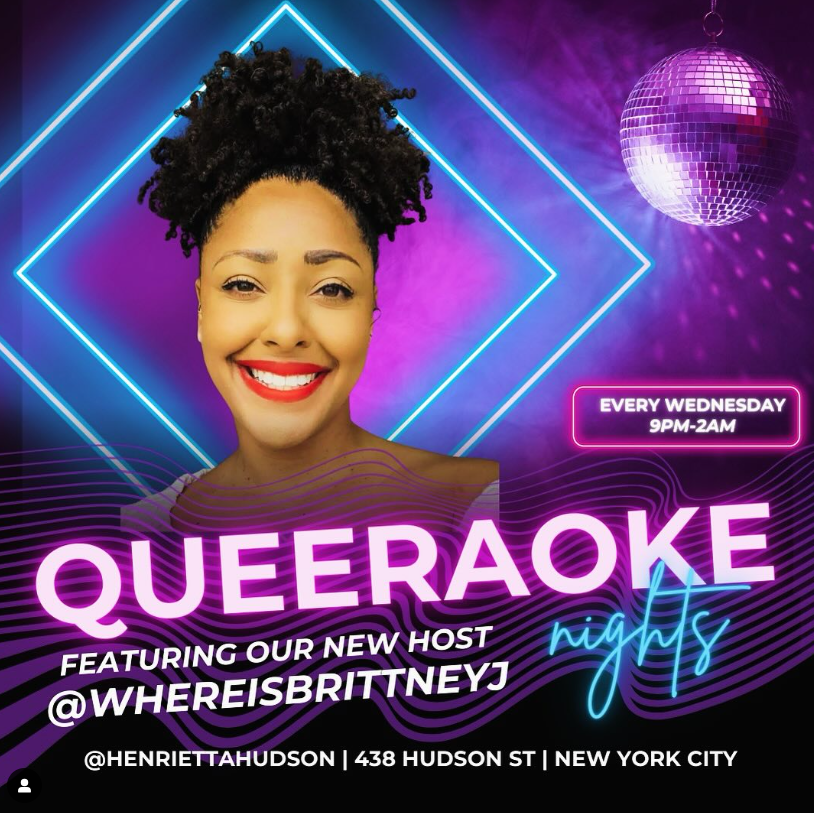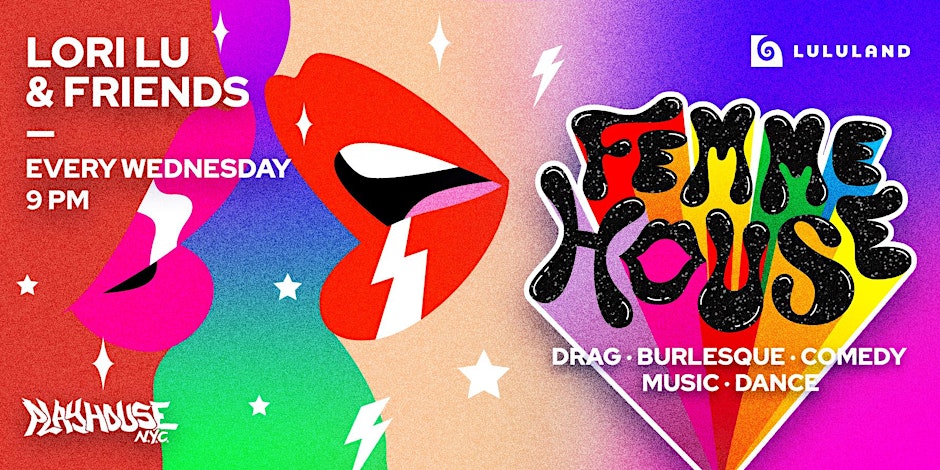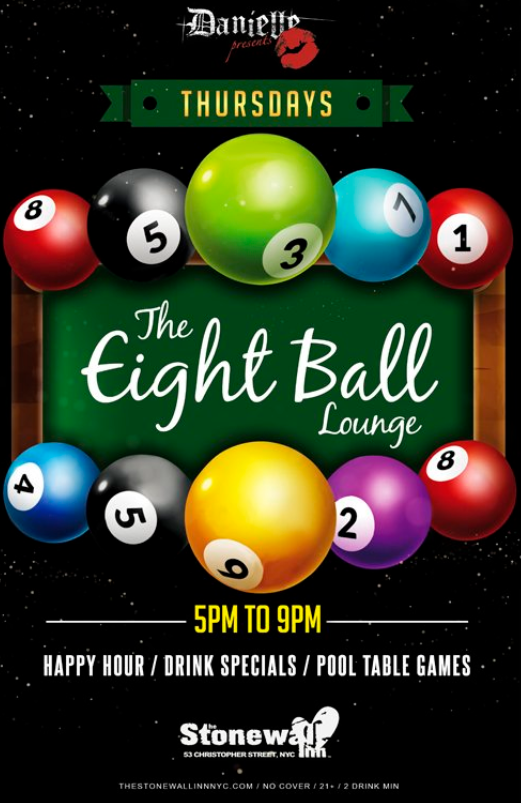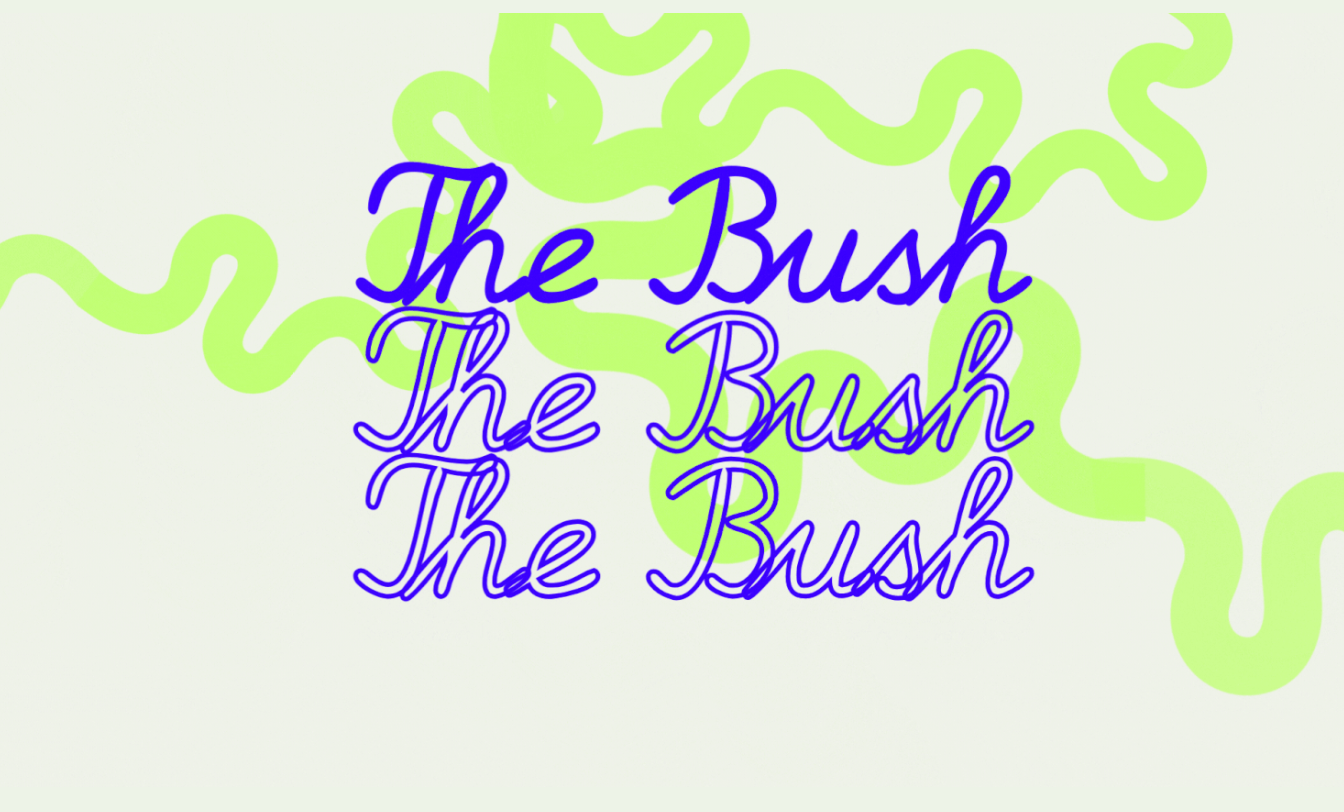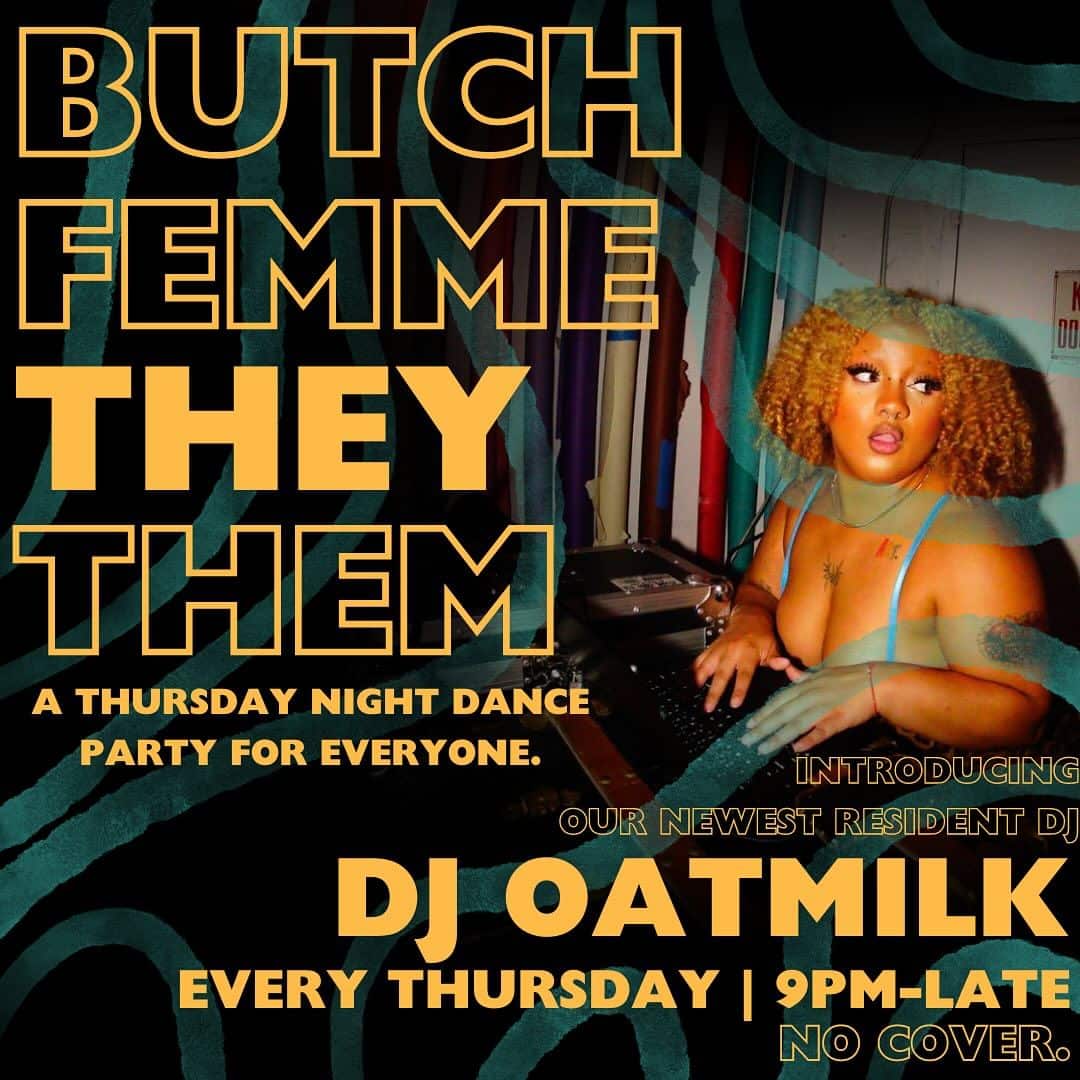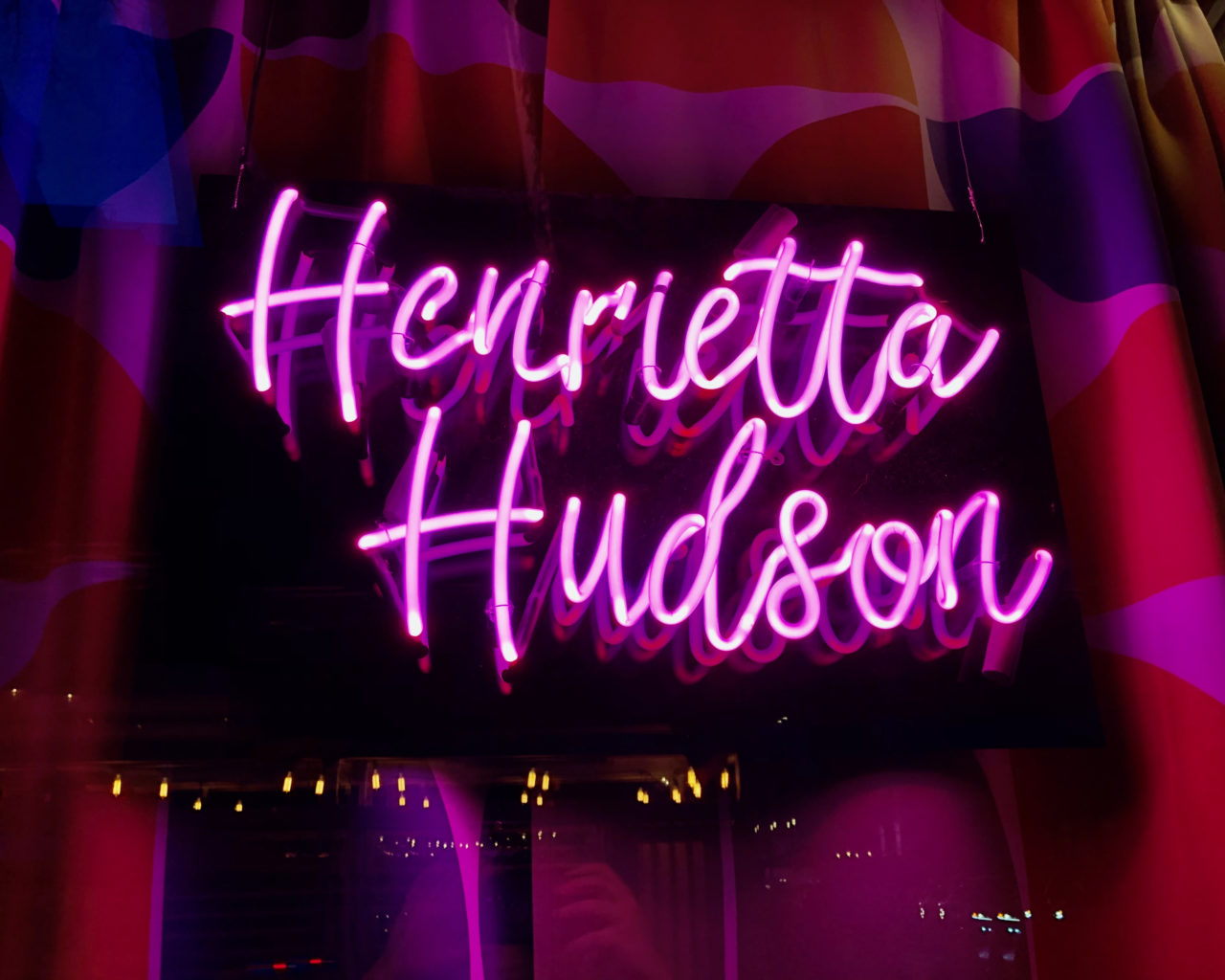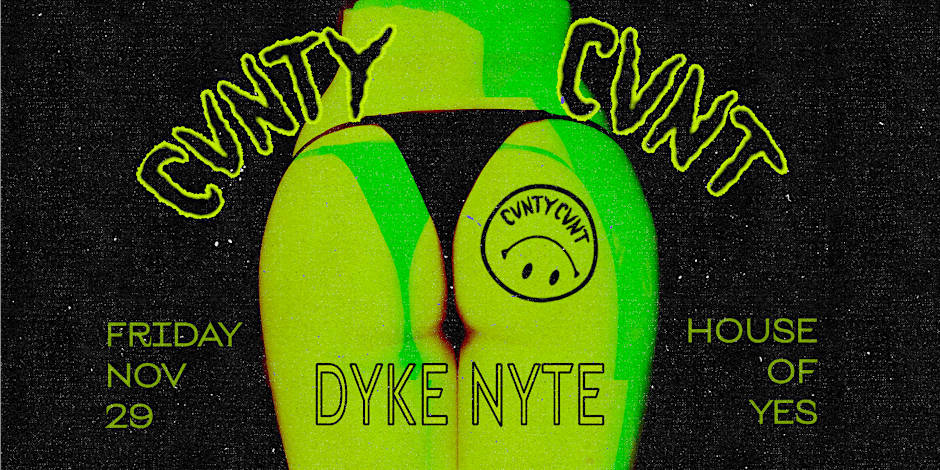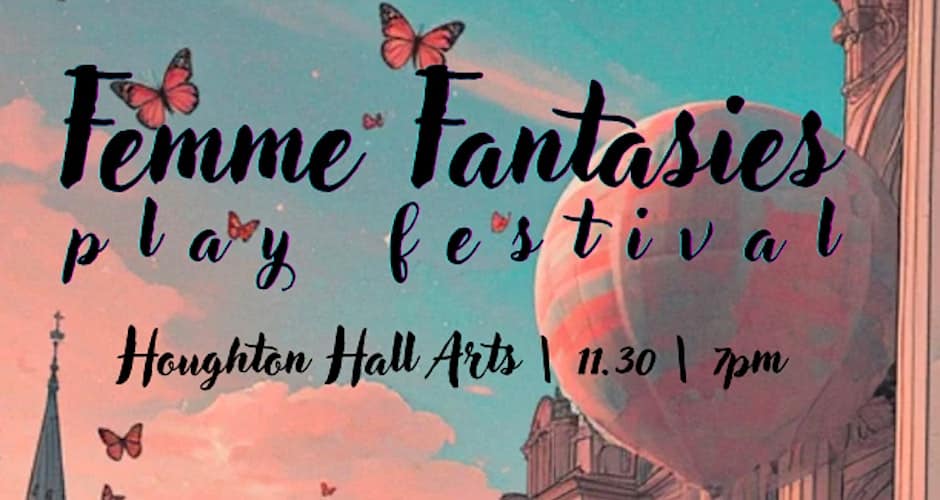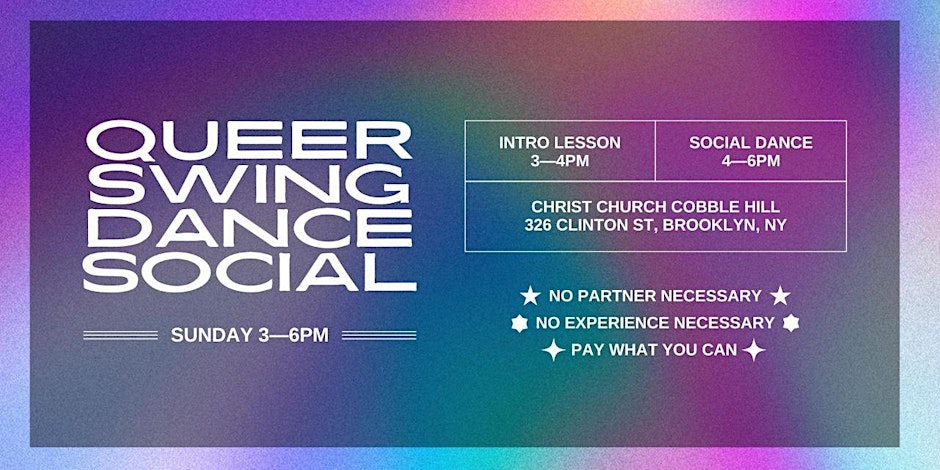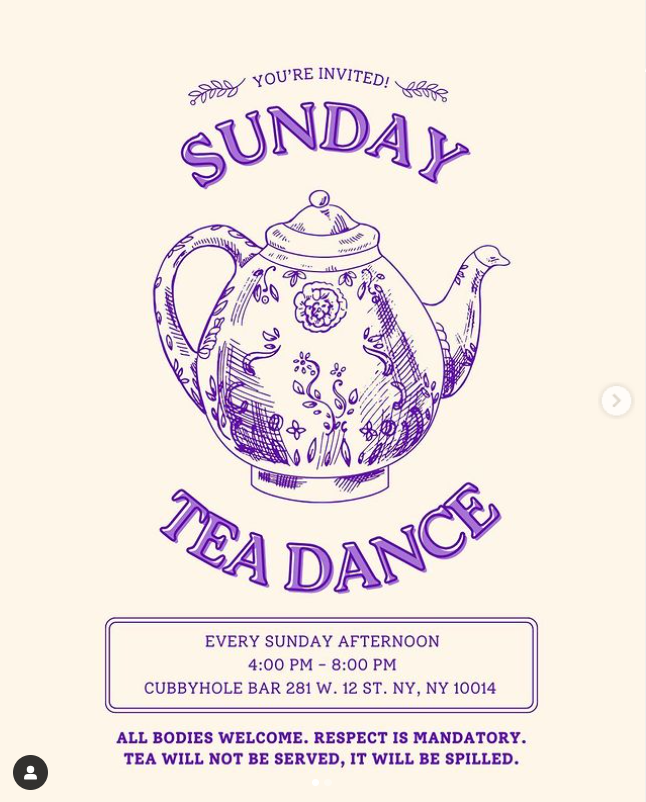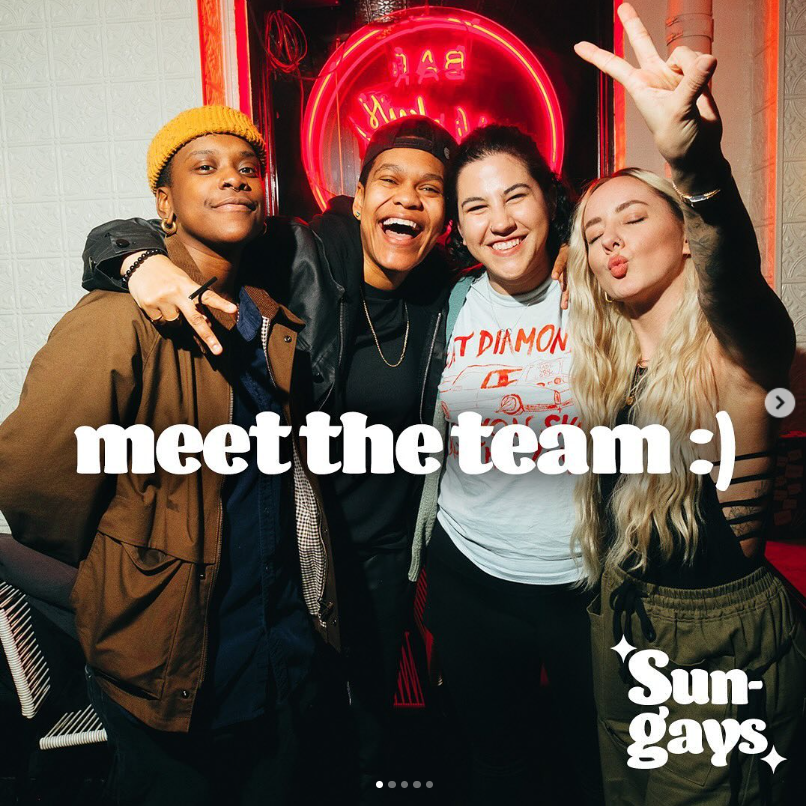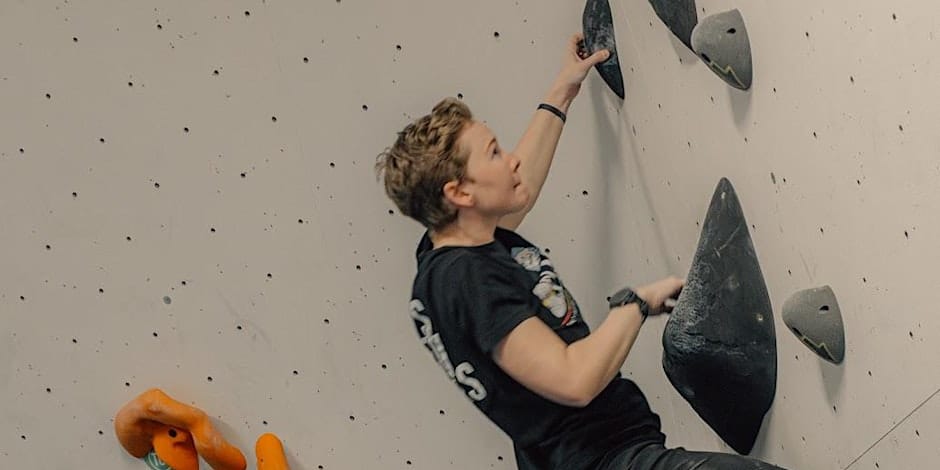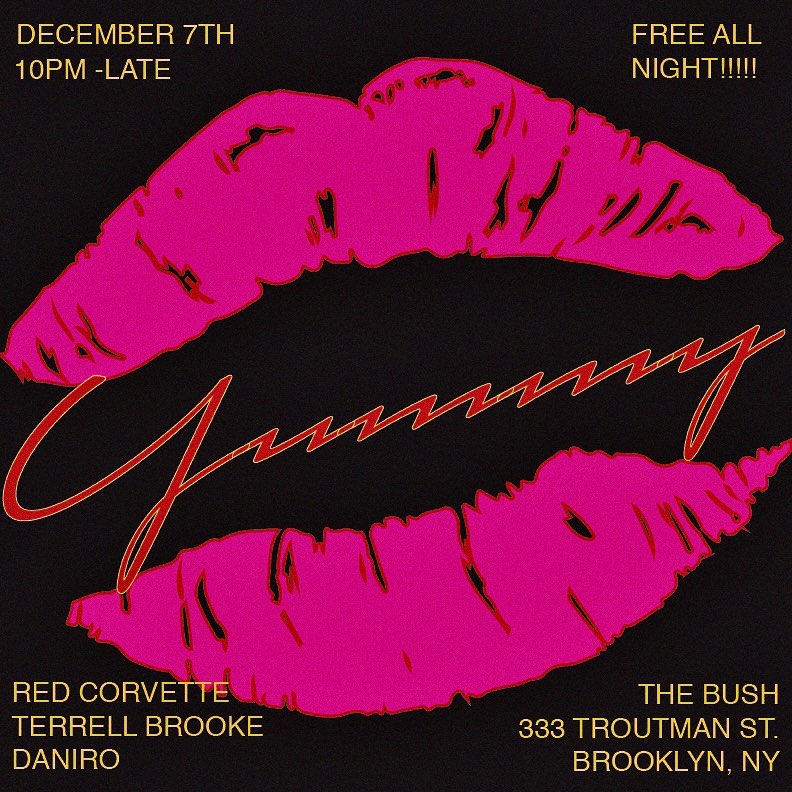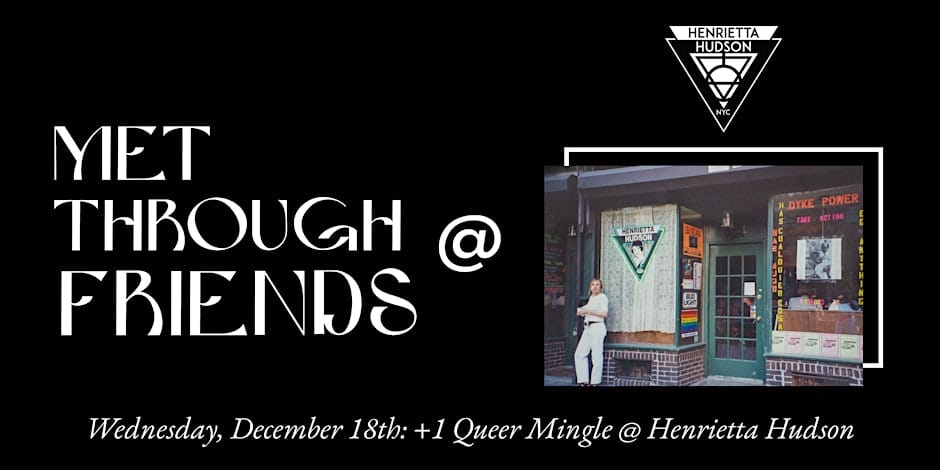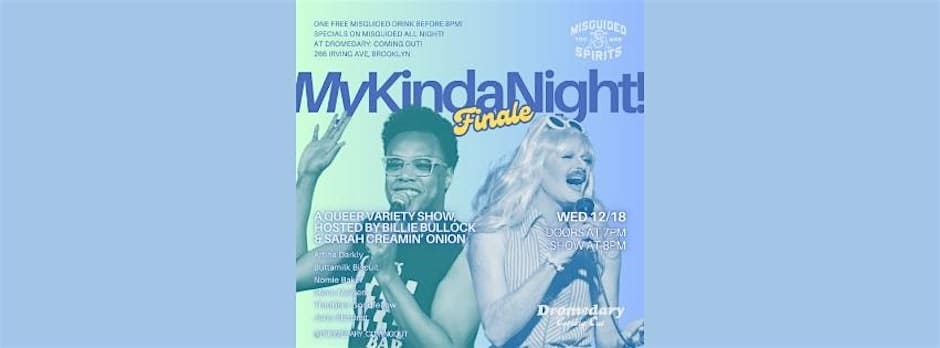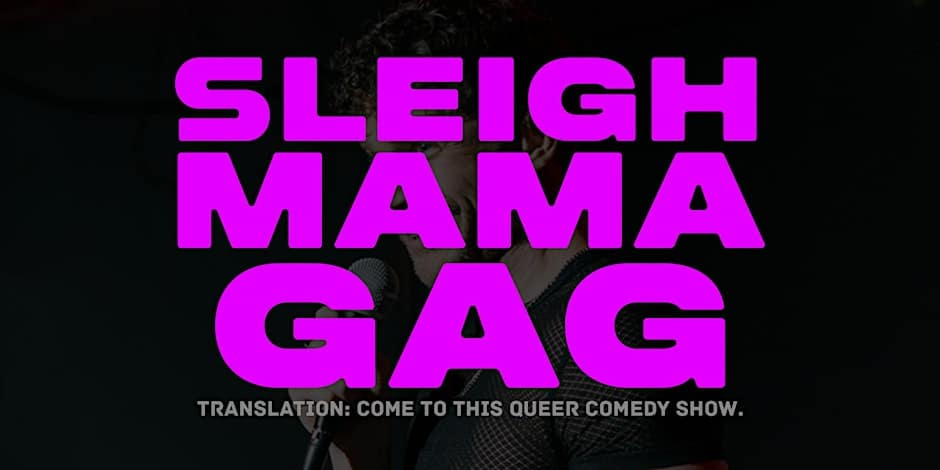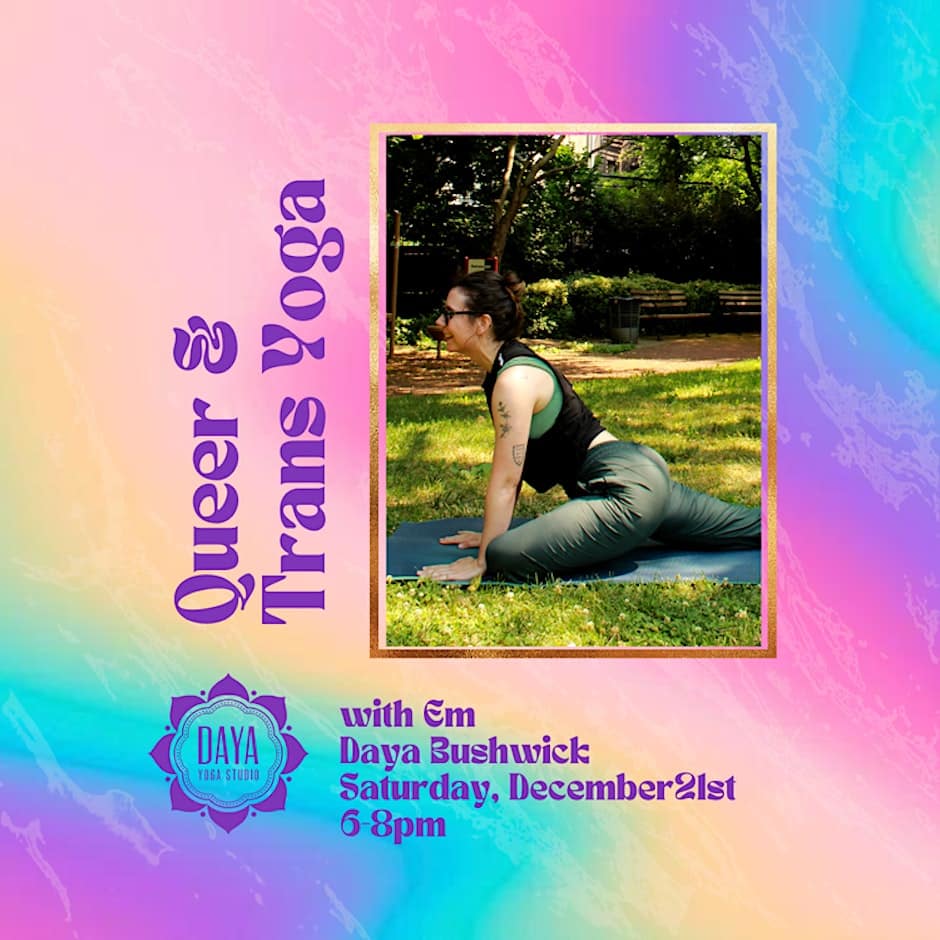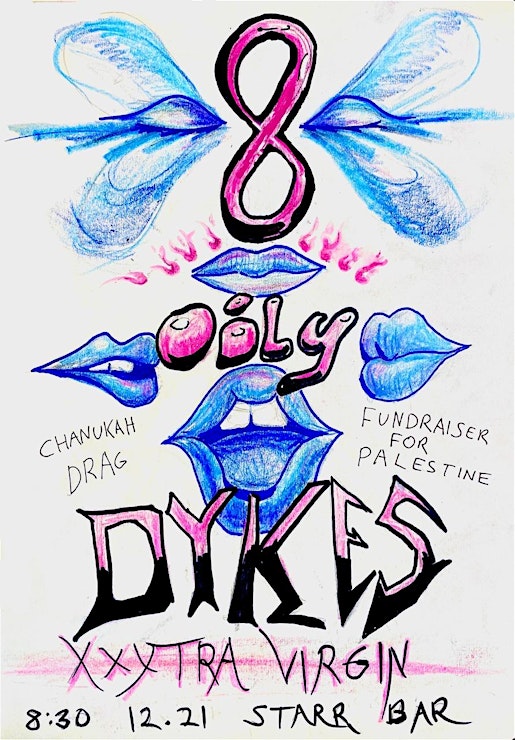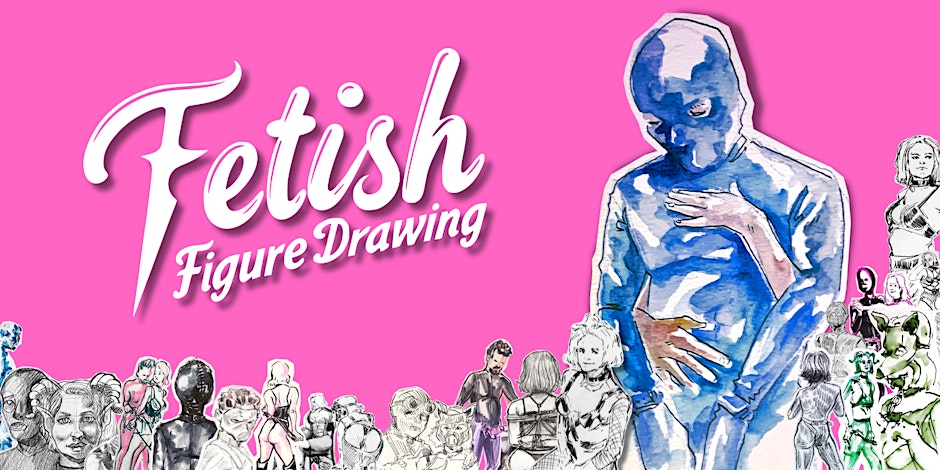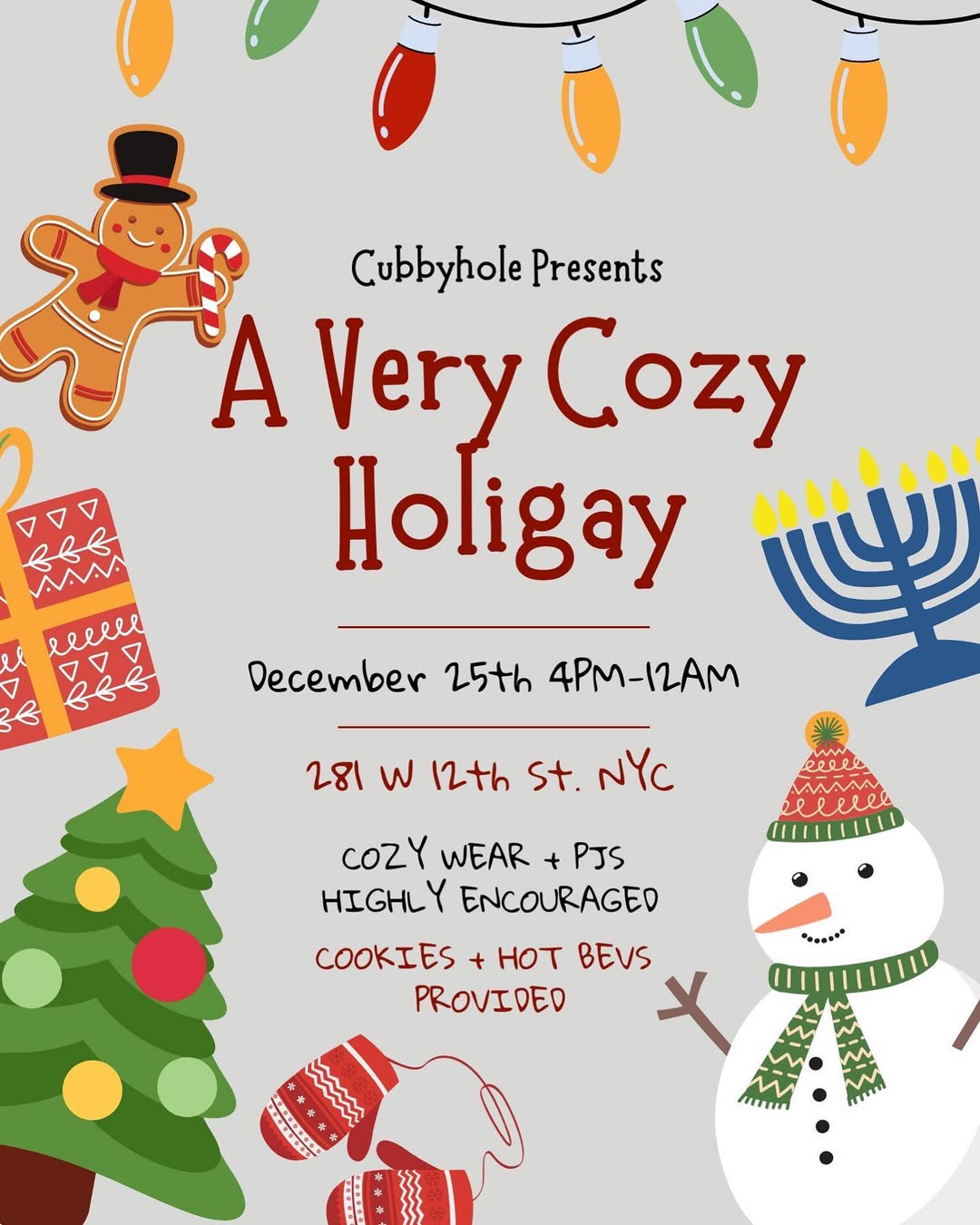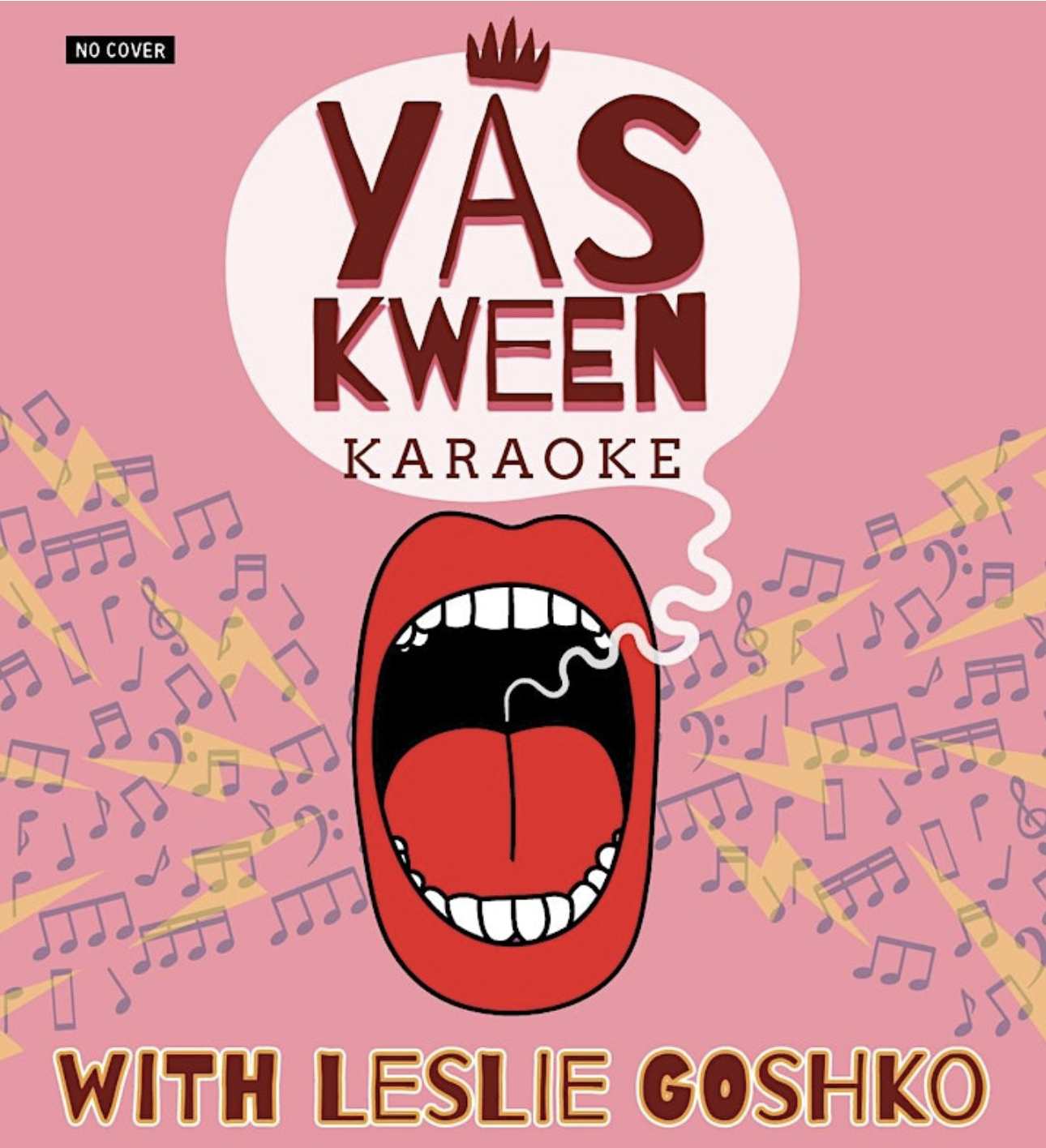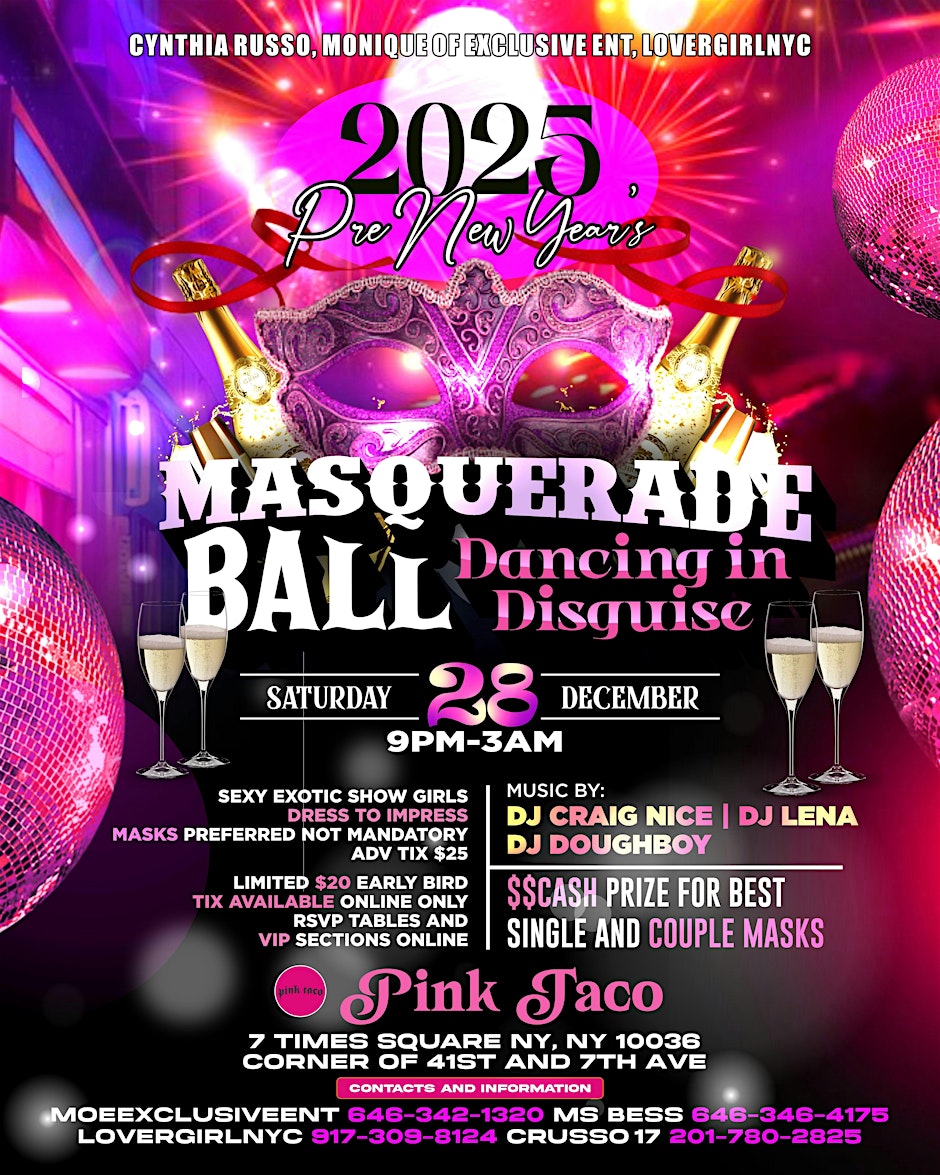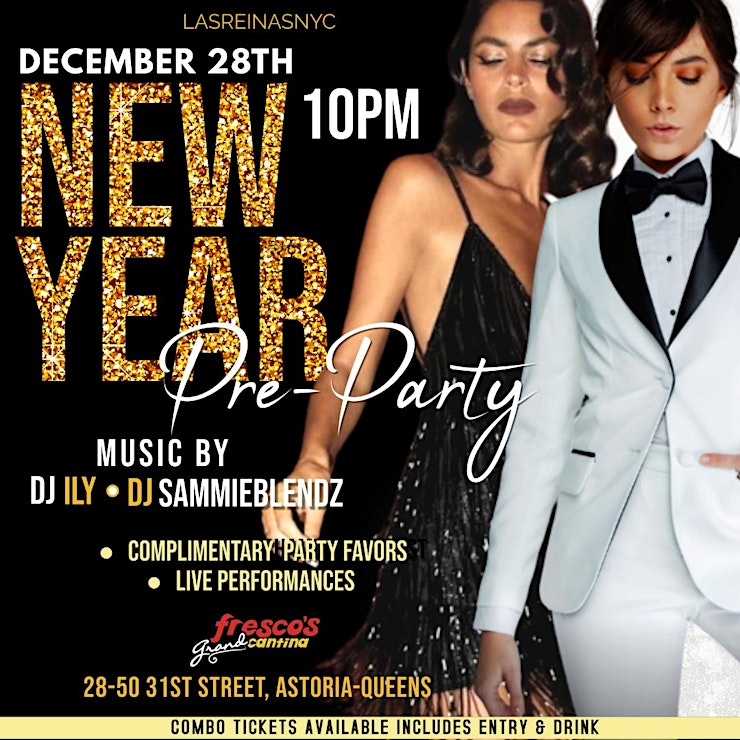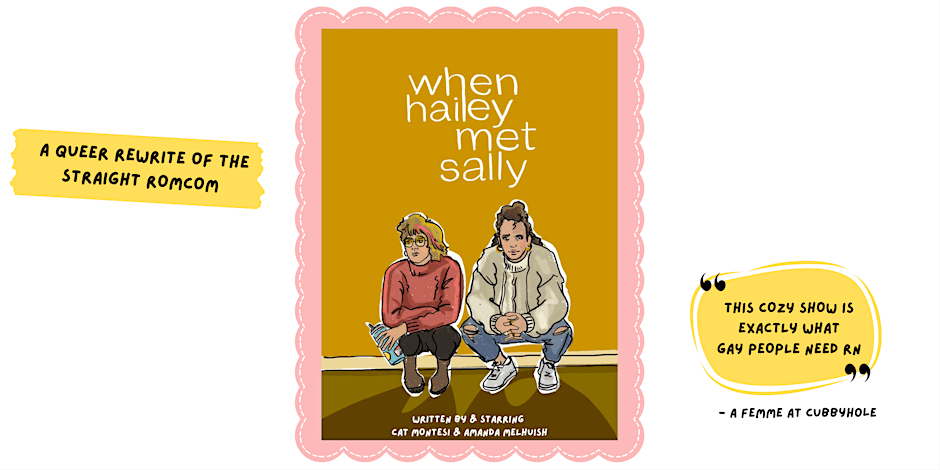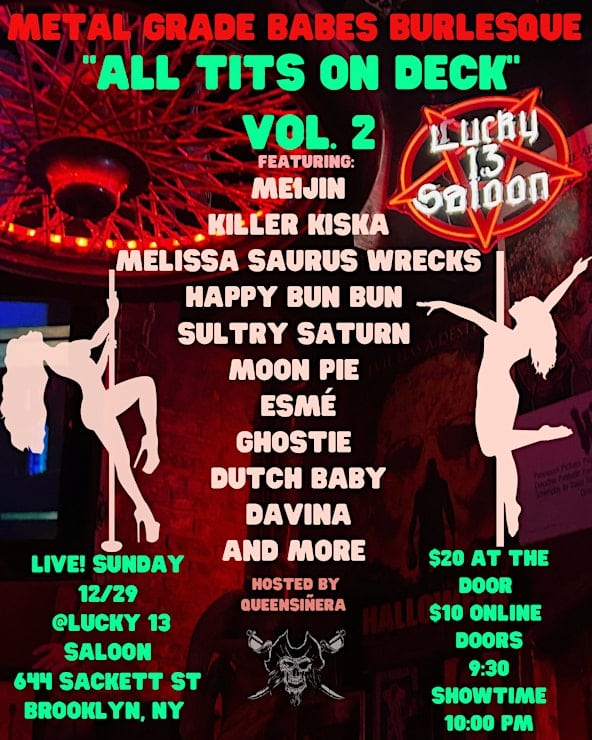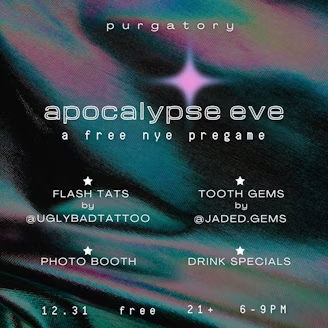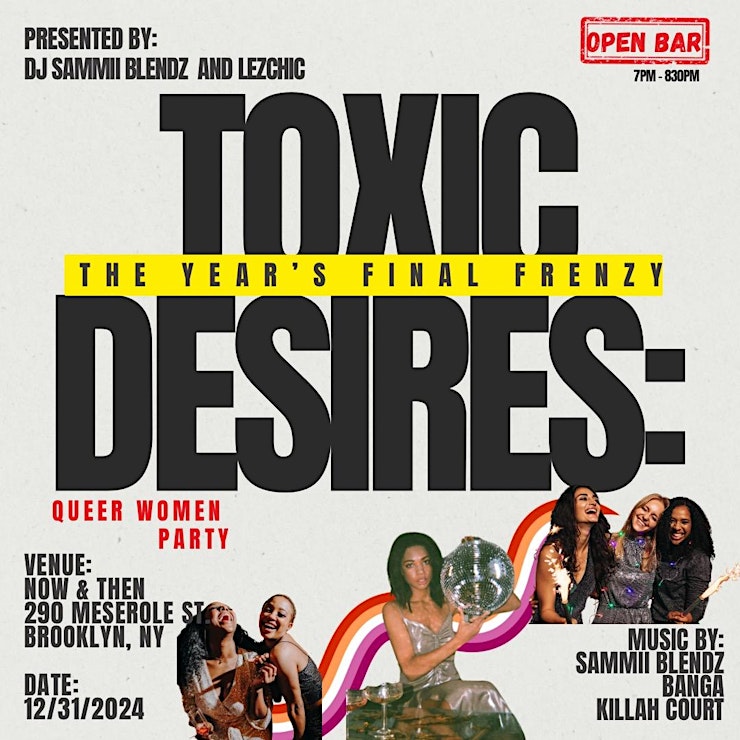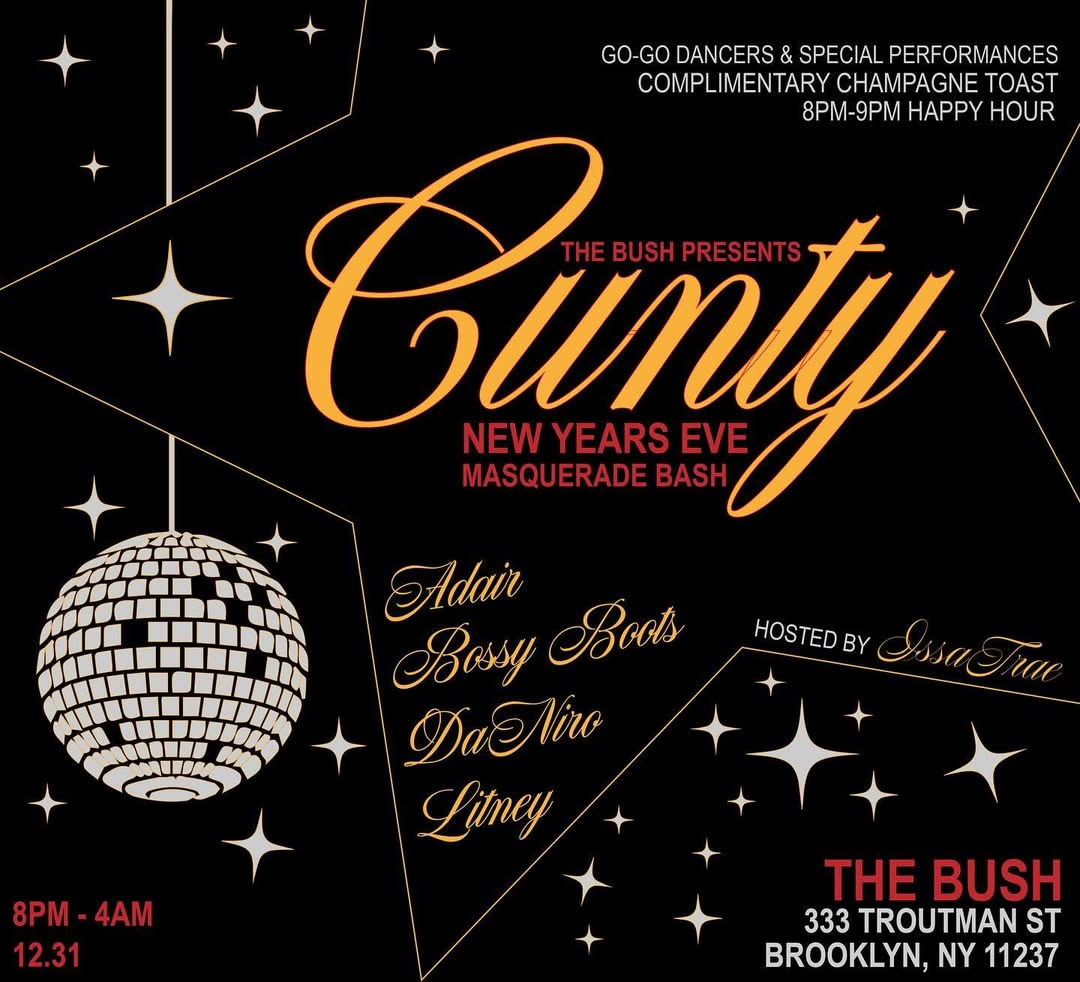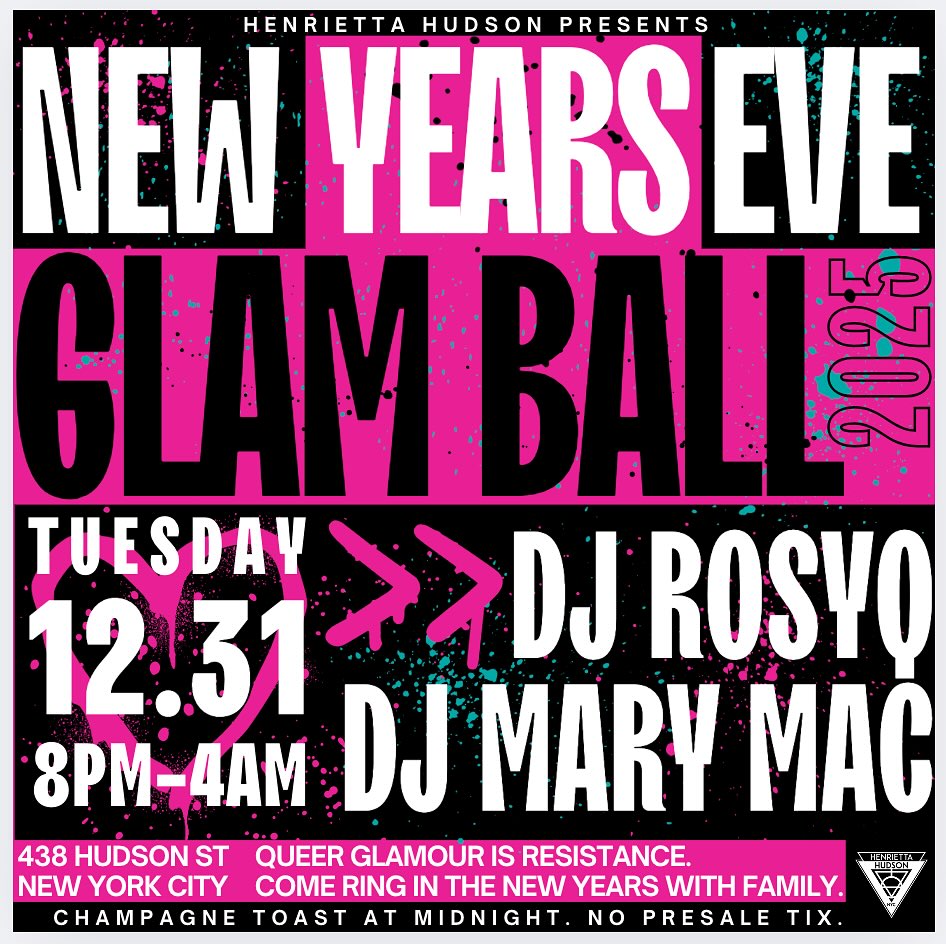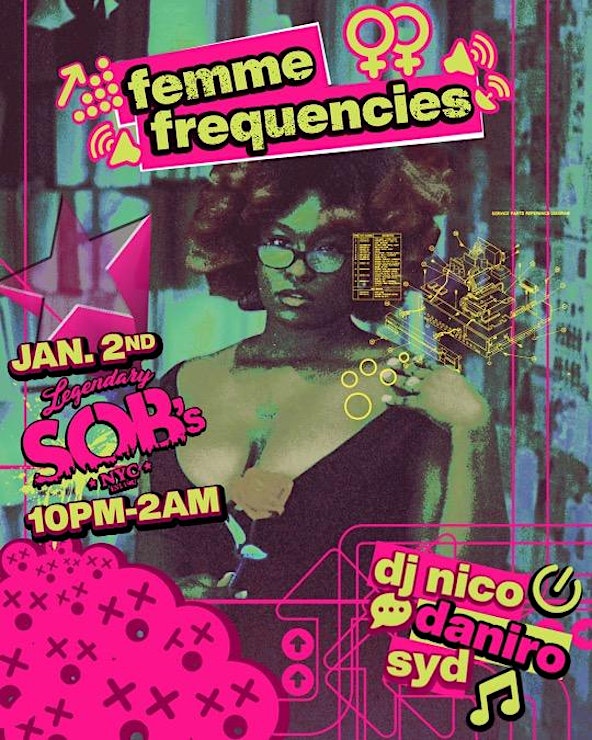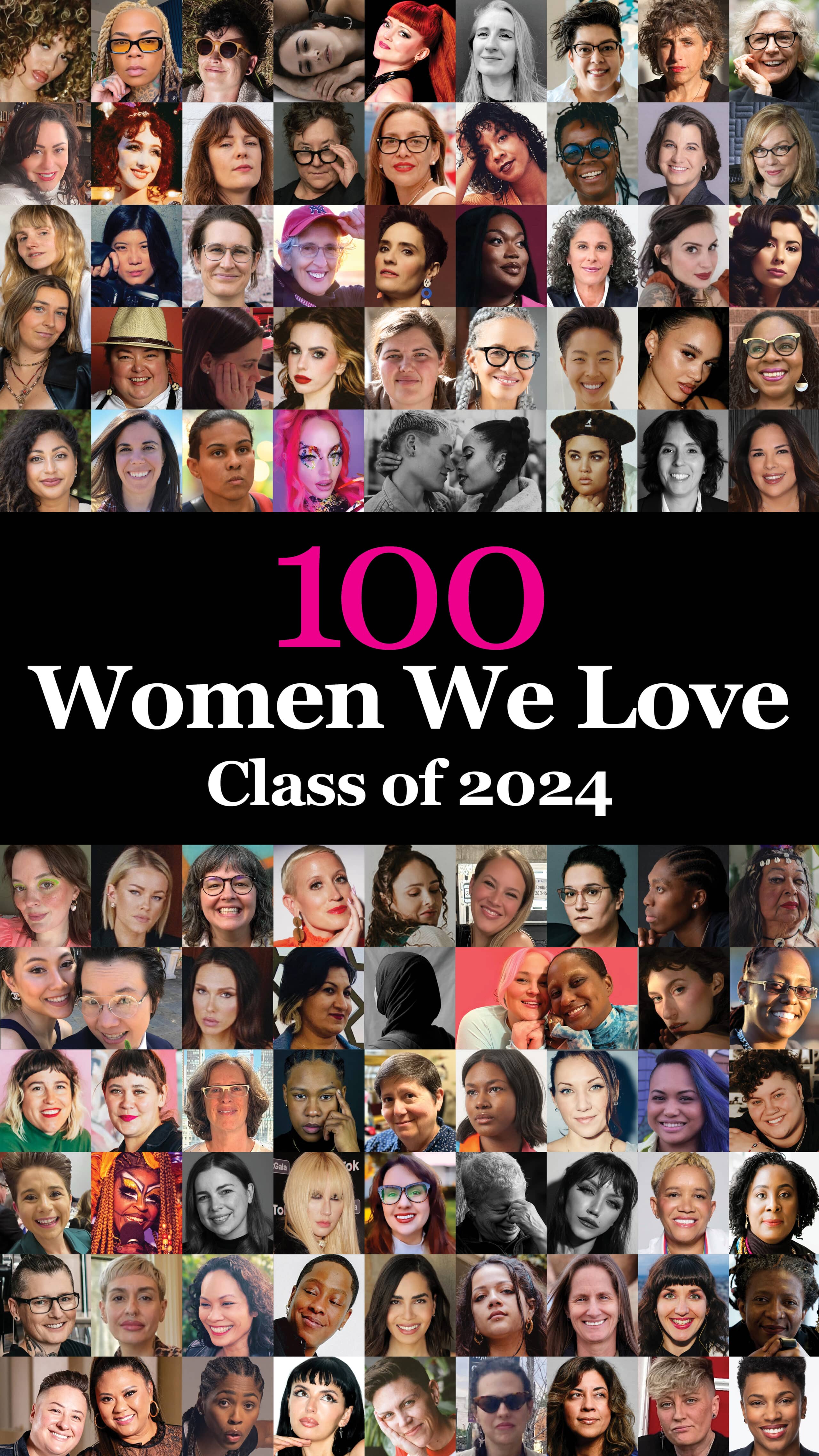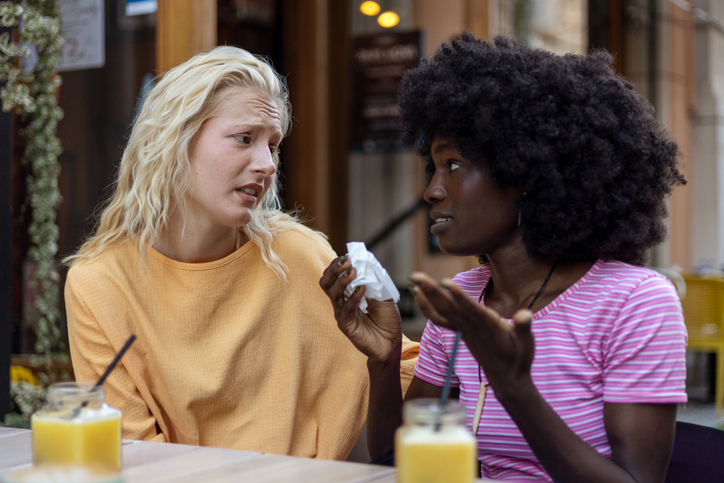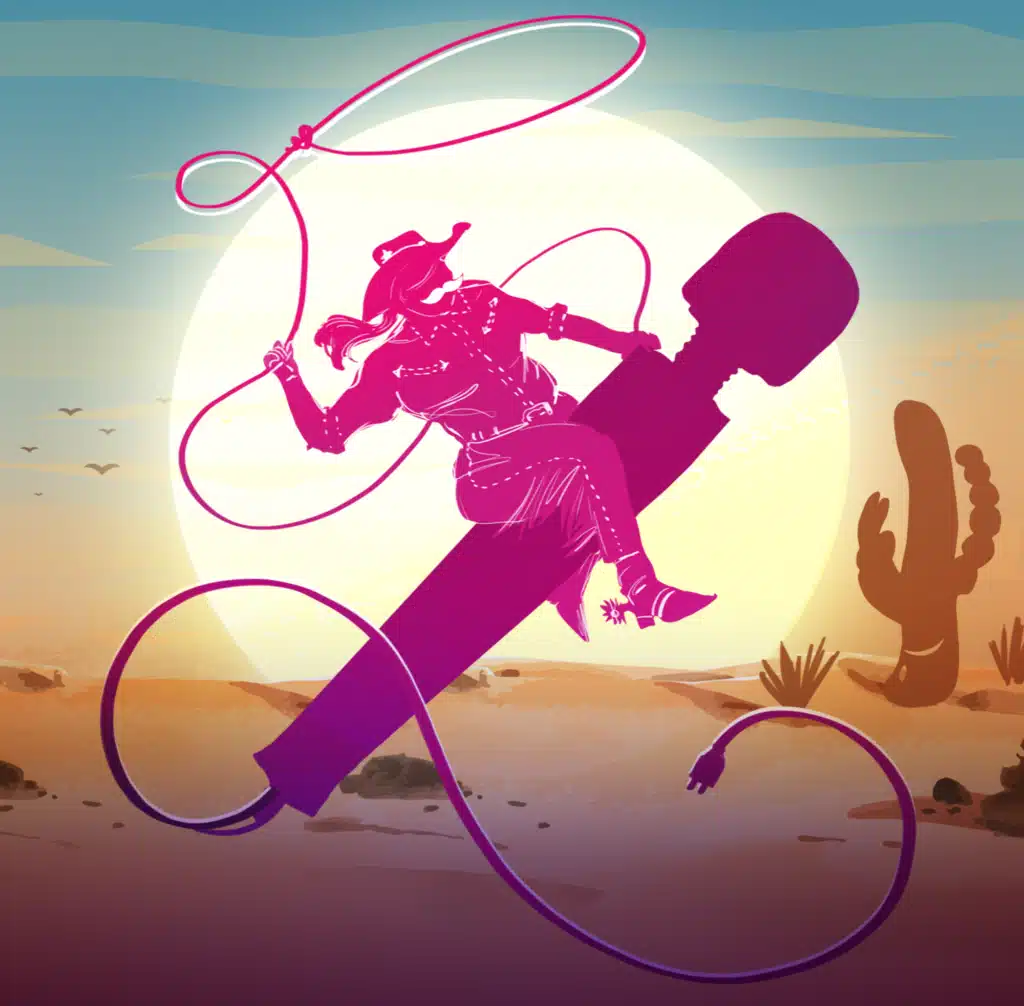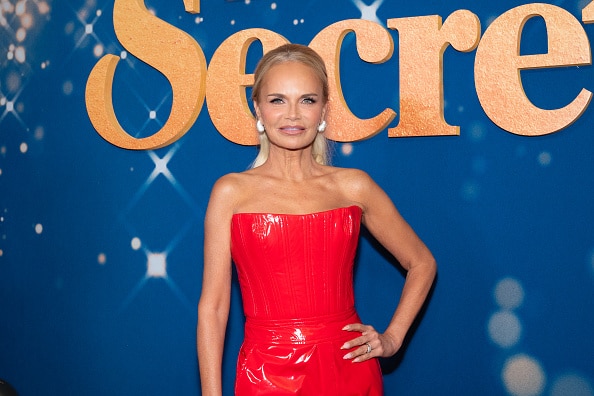When I say you MUST read “I’m the Girl”, I don’t exaggerate—not in the least because everyone’s going to be talking about it. For her eighth book, New York Times bestselling author Courtney Summers has penned a stunning, riveting lesbian thriller inspired by the Jeffrey Epstein scandal (intrigued yet? That’s what I thought!). To make it even cooler, though her previous novels, most notably “Sadie” (also a must-read) feature queer characters and storylines, this is Summers’ first book as an out author.
Despite a busy schedule, Courtney took the time—after listening to me fangirl—to sit down with GO and talk about queerness, trauma, and the complexities of coming out as a public figure.
I am riveted and stunned by “I’m the Girl”, as a queer woman and YA author myself. I think it’s your best yet! Can you talk a little bit about the book?
Thank you! “I’m the Girl” is a lesbian coming-of-age thriller following sixteen-year-old Georgia Avis, who stumbles upon the dead body of thirteen-year-old Ashley James and teams up with Ashley’s older sister—and Georgia’s long-time crush—Nora, to find the killer before he strikes again. But their investigation throws Georgia into a glittering world of unimaginable privilege and wealth and, as Ashley’s killer closes in, she and Nora will discover when money, power, and beauty rule, it’s not always a matter of who is guilty, but who is guiltiest . . .
“I’m the Girl” is loosely based on the Jeffrey Epstein scandal, and told through the eyes of a queer teen girl. Why/how did you decide to write this particular story, and with teen characters?
The Epstein case sadly reflects a world that protects and enables abusers at the expense of young girls, and I don’t think it would’ve been appropriate to filter that story through the perspective of anyone else. I wanted readers to have to sit with the myriad ways we uphold rape culture through the eyes of a naïve sixteen-year-old groomed into believing she’s empowered by her abuse. “I’m the Girl” offers readers a space where there’s nothing to lose by believing in and empathizing with Georgia, but because she makes painful choices in keeping with her age and maturity level, not all of them will. I’ve seen some responses by people who would consider themselves allies lean on victim-blaming rhetoric to justify the visceral reactions they’re having to the book’s contents. “I’m the Girl” is meant to be both a challenging—and revealing—reading experience.
Though you’ve written queer characters before, “I’m the Girl” is your first book as an out queer author. Can you tell us a bit about your coming-out journey and how it informed this novel?
“I’m the Girl” explores how patriarchal systems of power impact the way young women move through the world, and one thing the patriarchy does is work overtime to deny people access to the parts of themselves that don’t conform. Lesbianism doesn’t conform to the patriarchy and, in the book, Georgia’s lesbianism is weaponized against her to keep her in line with it. My coming out journey is pretty convoluted and somewhat painful but circles the same themes; I had the acute sense I was failing at being straight, but for a lot of reasons, could never quite arrive at the conclusion I was gay. When I finally realized, it was so obvious in retrospect—but so were the systems in place that prevented that revelation for much of my life. I’ve made a career writing books critiquing the patriarchy, and still didn’t see just how much of a hold it had on me. I got there in the end, and part of that involved incorporating queerness into “Sadie” and then, “I’m the Girl”, and having friends who recognized I was gay before I did and who talked it out with me when they realized I was ready.
How did you start writing and publishing?
I’ve always loved telling stories. I dropped out of high school at around 15 and spent the following years exploring various artistic mediums that would best enable me to do that, and writing was it for me. I started seriously pursuing publishing at 18, and my first novel was published when I was 22.
Who is your favorite character you’ve ever written, and why? And who is your favorite character in “I’m the Girl”, and why?
My favorite character is always the character I’m currently writing. In “I’m the Girl”, it was Georgia, hands-down.
Who/what are some of your inspirations as an author and creator?
I love authors that push me to think a little differently or harder about my craft—Helen Phillips, Brandon Taylor, Kevin Wilson, Nina LaCour, Julia Armfield, Oyinkan Braithwaite, Calvin Kasulke, Maggie Nelson, Sarah Gailey . . .
Can you tell us about your writing process?
It’s very fluid and largely determined by what I’m writing at the time.
How would you cast the film or TV version of “I’m the Girl”?
A friend said Sydney Sweeney for Georgia and I can’t unsee it! She’d be perfect.
Do you have any advice for queer people who are looking to write?
My advice more pertains to queer people who are looking to publish. I’m proud of the fact “I’m the Girl” is a lesbian novel; a lot of writing it helped me untangle my sexuality. But I’ve been open about the circumstances under which I came out; I didn’t truly feel ready to do it. Community-led discussions—particularly backlash—about queer representation has resulted in an industry that’s adopted a self-protective strategy of response that can make authors feel pressure to disclose. I don’t think this strategy is conducive to serving queer authors, books, or readers, and while it’s gratifying to have my novels recognized as queer by my publisher, at the end of the day, I had to negotiate “Sadie” and “I’m the Girl”’s positioning with my personal life when their on-page queer content, and—as was the case with “Sadie”—long-standing recognition from queer readers should have been enough.
And this isn’t an indictment of the hard-working people behind the scenes, but illustrative of what a difficult space it is to occupy and satisfy. My publisher worked to ensure my comfort when I came out, but it took a while for talks pertaining to the lesbianism in “I’m the Girl” to feel truly productive, as oftentimes we weren’t talking about it—we were talking about me, my queerness, and comfort levels in relation to it. I was too vulnerable, too freshly uncloseted, to effectively navigate many of those conversations the way I could now. I was desperate to minimize the potential for public scrutiny into my personal life but couldn’t do that without undercutting the very reason I’d come out in the first place—to speak freely about and position the book as a lesbian title. I was regularly caught between these tensions and it’s evident throughout the book’s publishing cycle; in my coming out post on Instagram, I couldn’t even bring myself to be explicit in the fact I was gay.
Another example is the marketing copy. Wednesday Books has updated “I’m the Girl”’s copy online to highlight the importance of the lesbian relationship, though we were unable to make the final jacket. This reflects my gradual coming-to-terms with being an out author. I’m glad we got there in the end—because as much as the book is about a brutal world, the lesbian relationship is a defining, positive part of it—but I had to first reach a place that enabled us to shift focus back to where it should have always been: the book.
So if you want to be a queer writer, go for it! If you want to publish queer, know it can be challenging to navigate if you’re someone who is not entirely comfortable with the prospect of being out in this capacity—and if you are, there still might be things you’re unprepared for. It can be very overwhelming and hard, even when everyone around you is endeavoring to make it easier, and you should have proper support systems in place.
“I’m the Girl” is available in print and digital September 13.




